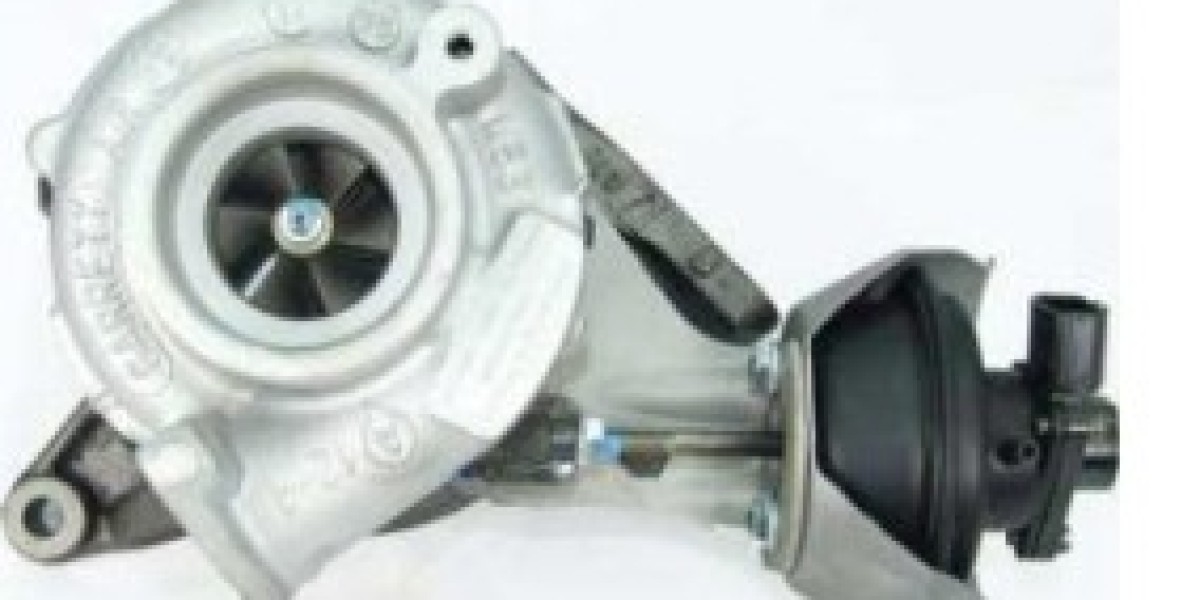Turbochargers have become a cornerstone of modern automotive engineering, delivering enhanced performance, fuel efficiency, and reduced emissions. Whether in passenger cars, trucks, or performance vehicles, turbos are designed to harness exhaust gases to compress air, improving combustion efficiency and overall power. However, like any mechanical component, a turbocharger is subject to wear and tear. When performance drops or signs of damage appear, one of the most cost-effective solutions is a turbo rebuild.
This article explores the importance of turbo rebuilds, the benefits they provide, common signs of failure, and why professional expertise is often essential.
What Is a Turbo Rebuild?
A turbo rebuild is the process of restoring a worn or damaged turbocharger to proper working condition. Unlike a complete replacement, which involves installing a brand-new unit, a rebuild focuses on reconditioning existing components where possible and replacing only the parts that are beyond repair.
The goal of a turbo rebuild is to extend the life of the turbocharger, improve vehicle performance, and avoid the expense of a full replacement. Rebuilds are common in both everyday vehicles and high-performance engines, as they help maintain efficiency while reducing waste.
Why Turbochargers Fail
Understanding why turbochargers fail in the first place can shed light on why rebuilds are necessary. Several factors contribute to turbo wear and damage:
Lack of lubrication – Turbos rely heavily on oil to cool and lubricate their high-speed moving parts. Contaminated, low-quality, or insufficient oil supply can cause premature wear.
Foreign object damage – Small debris entering through the air intake or exhaust can strike the compressor or turbine blades, leading to cracks or bending.
Excessive heat – Turbos operate under extreme heat conditions. Without proper cooling and oil circulation, thermal damage can occur.
Engine neglect – Irregular servicing, clogged air filters, or dirty oil can all reduce the lifespan of a turbo.
Overloading or improper tuning – Modifying an engine without considering the turbo’s limitations can push it beyond its safe operational range.
Signs Your Turbo May Need Attention
Before deciding on a turbo rebuild, it’s important to recognize the warning signs that suggest something is wrong with the turbocharger. Common indicators include:
Loss of power – If your vehicle struggles to accelerate as it once did, the turbo may not be generating adequate boost.
Unusual noises – Whining, whistling, or grinding sounds can point to bearing wear or contact between turbo blades and housing.
Excessive smoke – Blue or black smoke from the exhaust often indicates oil leakage or inefficient combustion linked to turbo problems.
Check engine light – Modern vehicles often trigger diagnostic trouble codes when the turbocharger’s efficiency drops.
Oil consumption – A failing turbo can allow oil to leak into the exhaust system, leading to noticeable oil loss.
Catching these signs early can prevent further damage to both the turbo and the engine.
Benefits of a Turbo Rebuild
Opting for a turbo rebuild offers several advantages over replacement:
Cost-effectiveness – Rebuilding a turbo is typically more economical than buying a new unit.
Environmental benefits – Rebuilds reduce waste by reusing serviceable parts, aligning with sustainable practices.
Performance restoration – A properly rebuilt turbo can perform as well as, or sometimes better than, a factory-new one.
Extended lifespan – Regular maintenance and timely rebuilds can significantly increase the turbo’s durability.
Customization opportunities – During a rebuild, certain enhancements or upgrades can be incorporated to suit specific performance needs.
The Role of Expertise in Turbo Rebuilds
While some automotive enthusiasts may be tempted to view turbo rebuilding as a do-it-yourself project, it requires precision and specialized knowledge. Turbochargers spin at speeds exceeding 100,000 RPM and operate under extreme heat and pressure. Even the slightest imbalance or improper reassembly can cause catastrophic failure.
That’s why it’s crucial to find a specialist near you who has the right tools, experience, and technical knowledge to ensure the turbo is rebuilt correctly. Professionals can also conduct thorough testing to guarantee reliability and safety after the rebuild.
The Importance of Regular Maintenance
One of the best ways to reduce the frequency of turbo rebuilds is to practice proper vehicle maintenance. Steps that extend turbo life include:
Using quality oil and changing it at recommended intervals.
Replacing air filters to prevent debris from entering the intake system.
Allowing the turbo to cool by idling for a short period after long drives, which prevents oil coking inside the turbo.
Monitoring boost levels and avoiding engine tuning that exceeds manufacturer specifications.
Routine maintenance not only prolongs the life of the turbo but also improves the overall health of the engine.
Turbo Rebuild vs. Replacement
Choosing between a turbo rebuild and replacement depends on the condition of the unit and the vehicle owner’s goals.
Rebuilds are ideal when the housing and core components are still structurally sound, but moving parts are worn or damaged.
Replacements are sometimes necessary if the turbo has suffered catastrophic failure, extensive corrosion, or irreparable housing damage.
A professional evaluation is the best way to determine whether rebuilding or replacing is the most suitable option.
The Future of Turbo Technology
As automotive technology continues to advance, turbochargers are evolving to meet stricter emissions standards and performance expectations. Modern designs include variable geometry turbos (VGTs), twin-scroll systems, and even electrically assisted turbos. While these systems bring improved efficiency, they also increase complexity—making professional servicing and rebuilds even more important in the future.
Conclusion
A turbo rebuild is an effective solution for extending the life of your turbocharger, restoring lost performance, and maintaining fuel efficiency. From recognizing the warning signs of failure to understanding the benefits of rebuilds over replacements, vehicle owners can make informed decisions about caring for their turbos.
When issues arise, it’s always wise to find a specialist near you who can provide professional expertise and ensure the rebuild meets the highest standards. With proper care and timely maintenance, a rebuilt turbo can continue to deliver reliable performance for many miles to come.






